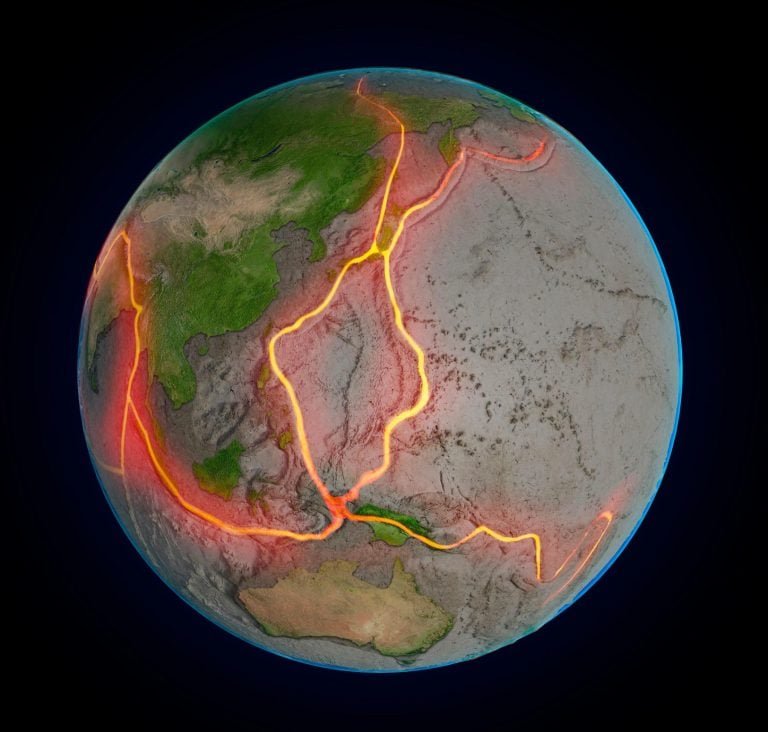Geologists have discovered ancient minerals on Easter Island, challenging traditional plate tectonics theories. These 165-million-year-old zircon minerals suggest the Earth’s mantle is more stationary than previously thought.
Key Findings:
- Volcanic zircon minerals on Easter Island date back 165 million years.
- Minerals’ composition indicates origin from the Earth’s mantle.
- Discovery defies “conveyor belt” theory, suggesting mantle stability.
The Mystery Unfolds:
Researchers dated zircon minerals to accurately determine Easter Island’s volcanic history. Unexpectedly, ancient samples revealed a complex geological past.
Expert Insights:
“The mantle plume under Easter Island could have been active for 165 million years… This challenges traditional plate tectonics theories.” – Douwe van Hinsbergen
Challenging the Conveyor Belt Theory:
- Mantle plumes remain stationary while plates move.
- Ancient minerals preserved in the mantle.
- Subduction zones hold clues to Earth’s geological history.
Implications:
- Rethinking Earth’s mantle dynamics.
- New perspectives on volcanic formation.
- Insights into Earth’s ancient past.
Reference:
[Rojas-Agramonte et al., 2024]
Share Your Thoughts:
How do these findings impact our understanding of Earth’s geological history? What further research is needed to unravel the mysteries of the Earth’s mantle?

















